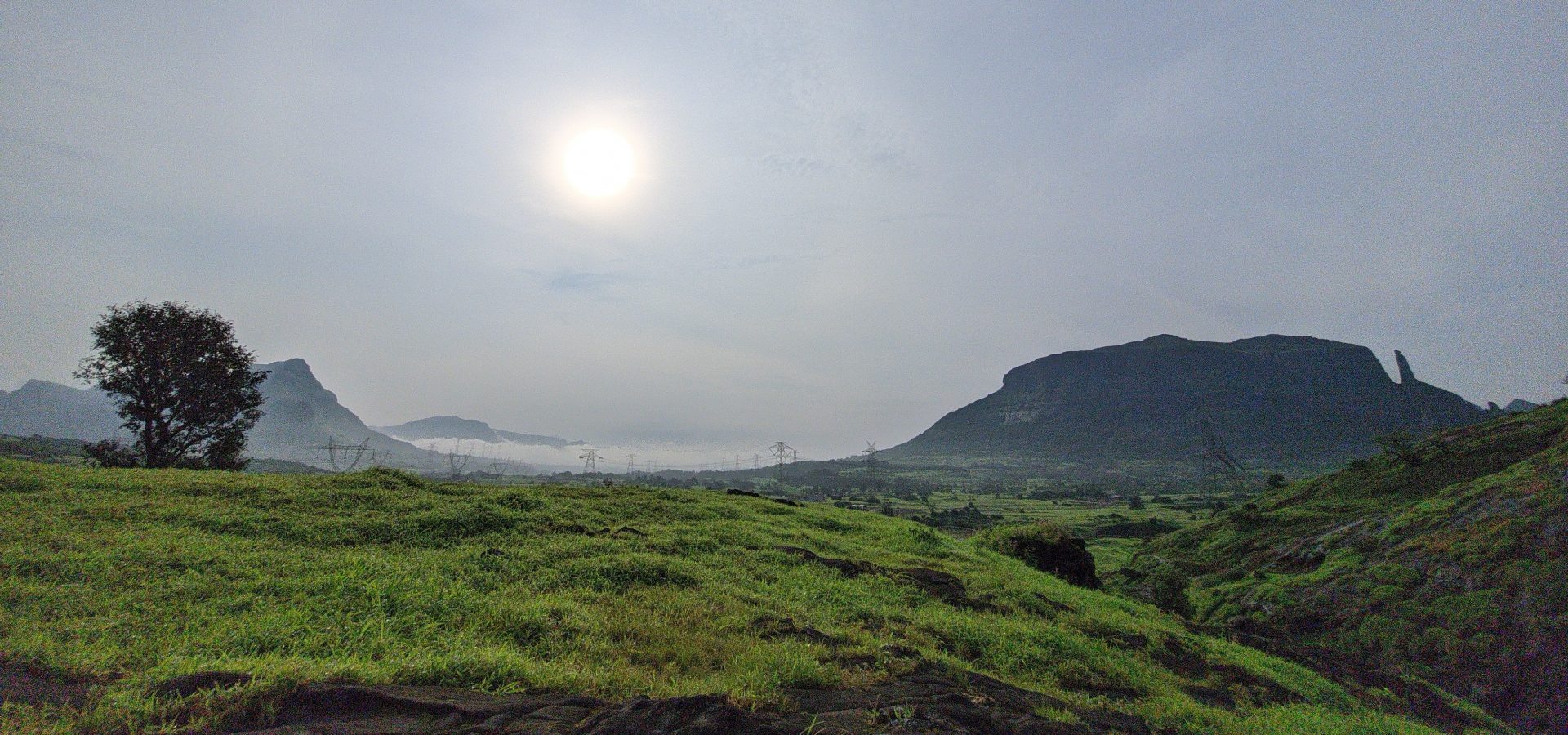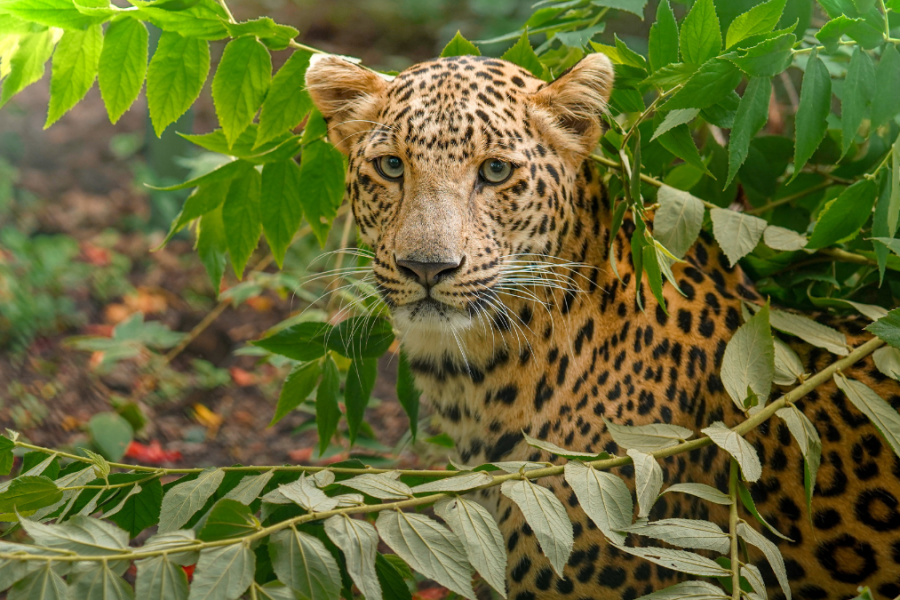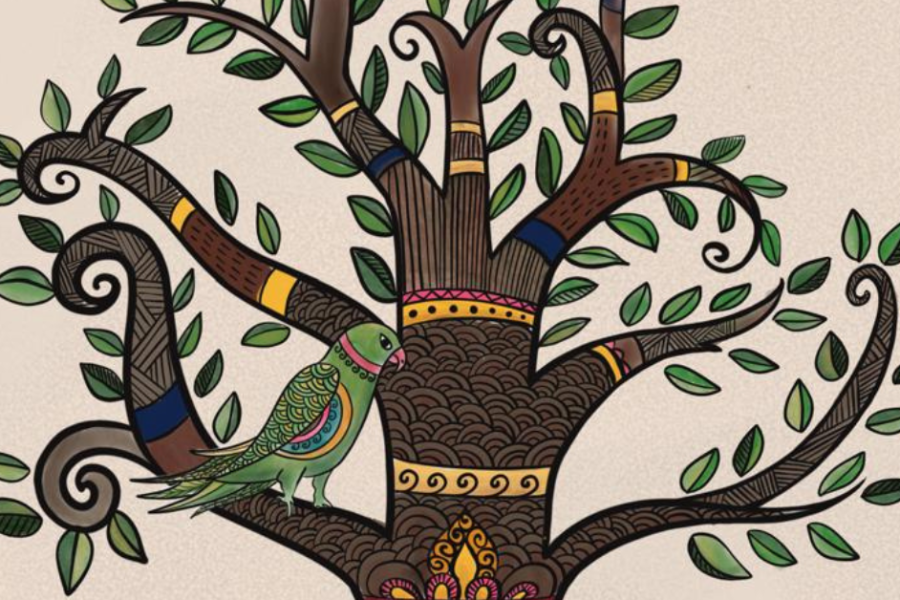Running parallel to the western coast of India’s peninsula, the Western Ghats is an area with one of the richest biological diversity. This chain of hills runs for about 1,600 kilometres in length and rises to a maximum height of 2,800 metres. Considered one of the global hotspots for biodiversity, this landscape harbours abundant microbes, plants and animals. From a rich assemblage of large mammals to the mysterious bioluminescent fungus, the Western Ghats are a delight for nature explorers. Many fascinating species such as the Nilgiri tahr and Lion-tailed macaques are endemic to this region.
Situated within this panorama is the Manikdoh Leopard Rescue Centre (MLRC), managed by Wildlife SOS in collaboration with Maharashtra Forest Department with support from Humane Society International, Australia and Terra-et Faune, Switzerland. Established in 2007, MLRC is home to over 35 Indian leopards, rescued from various situations of conflict. Our team of dedicated caregivers and veterinarians provides temporary or long-term care to those animals who have been compromised due to conflict.
Flora of MLRC
MLRC is also home to a large number of trees and plants native to the land. The presence of this greenery creates a resplendent environment that closely resembles the wild habitat of leopards. Here, we list some of the many plant and tree species that can be found across the centre:
| Common Name | Local Name | Scientific Name |
| Mango | Amba | Mangifera indica |
| Beddome’s Nothopegia | Wamberi | Nothopegia beddomei |
| Waras | Varas | Heterophragma quadriloculare |
| Sahyadri Thorn | Gharnighi | Mezoneuron cucullatum |
| Roth’s Spike Thorn | Bhalvandi | Maytenus rothiana |
| Black myrobalan | Hirda | Terminalia chebula |
| Forest Ebony | Telya | Diospyros sylvatica |
| Wild Olive | Ambeli | Elaeagnus conferta |
| Spinous Kino Tree | Asana/Ashind | Bridelia retusa |
| Chandada | Chandya | Macaranga peltata |
| Kumkum Tree | Shendri | Mallotus philippensis |
| Tiger’s Milk Spruce | Shirad | Sapium insigne |
| Curry Tree | Kadipatta | Murraya koenigii |
| Gum Arabic Tree | Babul | Acacia nilotica |
| Indian Lilac | Neem | Azadirachta indica |
| Indian Jujube | Bor | Zizyphus jujube |
| Siamese Cassia | Kassod | Senna siamea |
| Silk Cotton Tree | Semal | Bombax ceiba |
| Shatavari | Shatavari | Asparagus racemosus |
| Mahua | Mahua | Madhuca Longifolia |
| Indian Winter Cherry | Ashwagandha | Withania somnifera |
| Baheda | Bahera | Terminalia bellirica |
| Guduchi/Giloy | Gulvel | Tinospora Cordifolia |
| Indian Gooseberry | Amla | Phyllanthus emblica |
The Leopards’ Favourites
Under the warm rays of the sun, the Manikdoh rescue centre comes alive, and the plant diversity gleams in hues of green. The enclosures of our resident leopards are adorned with dense vegetation, encouraging them to keep up with their wild instincts. Lurking in the foliage and keeping a watchful eye, many leopards blend into the surroundings so well that it’s difficult to spot them. While one may be seen atop a tall tree, another hides behind bushes.
The MLRC enclosures are lined with bamboo thickets, the dense canopy of which provides ample protection to the leopards. Bamboo plants are used by leopards for resting during the day. Semal, also known as the Silk cotton tree, is characterised by its cup-shaped, glistening red flowers. Leopards frequently use this large deciduous tree to climb and sharpen their claws. Kassod tree, adorned with beautiful yellow-coloured flowers, is also used as a cover during summers. All this flora creates a perfect microhabitat for our leopards.
The Birds’ Favourites
Mahua, a plant known for its irresistible scent that lures humans and animals alike, blossoms at MLRC. The sacred tree stands tall, with its red, yellow, and black coloured fruits attracting a large number of bird species from across the region. Be it bulbuls or parakeets, this tree is definitely a bird favourite! The Mango trees at MLRC are also frequented by a myriad of bird species like koels, orioles, drongos, and weavers. They choose Mango trees to roost or nest. The sweet, luscious fruits hanging on the twigs make for an excellent treat for birds, while the leaves provide them with an effective camouflage.
Each morning, we hear birds chirping from one particular tree at the centre — it’s the Amla tree, also called the Indian gooseberry! Woodpeckers, kingfishers, hornbills, and even owls have been spotted perching on the tree’s branches. Indian jujube, commonly known as ber or bor is a rich source of sweet fruits for numerous species like parakeets, barbets, babblers, bulbuls, doves, and pigeons. These birds also feast fondly on the ripe fruits of Jamun trees at MLRC.
Not just birds, the floral diversity at our centre also attracts insects like butterflies, and even bats amongst other animals!
Medical Marvels for Humans
Numerous plants and trees grown across the globe are beneficial not only to animal species, but to humans as well due to their medicinal properties. The plant with a hundred roots, Shatavari, is also found on the premises of MLRC. This Asparagus herb provides a range of health benefits such as improving female reproductive health, maintaining blood sugar levels, combatting anxiety and depression, and as a natural antioxidant. Another climbing shrub, Giloy, is an essential herb in Ayurvedic medicine. From fever and asthma to jaundice and skin infections — this plant is known to cure a variety of health problems.
The fruits of Baheda, a deciduous tree flourishing at our centre, provide multiple benefits. The fruits contain laxative, astringent, anthelmintic, antioxidant, antidiabetic, analgesic, anti-inflammatory, and antipyretic properties. They are used in Ayurveda treatment against various disorders like hepatitis, bronchitis, asthma, piles, diarrhoea, coughs, and eye diseases. Another Ayurvedic herb known as Ashwagandha, or the Indian Winter cherry is found here and is frequently used in nearly all Indian households. While it boosts heart functions and muscle strength, Ashwagandha is perhaps best known for its stress-relieving properties.
Currently, over 30 different floral species are known to exist at MLRC, all of which have been recorded. A diverse range of plants is not only beneficial for our resident leopards, but also creates a healthy and balanced ecosystem for several wild species. For more interesting stories on nature and wildlife, subscribe to the Wildlife SOS newsletter!





